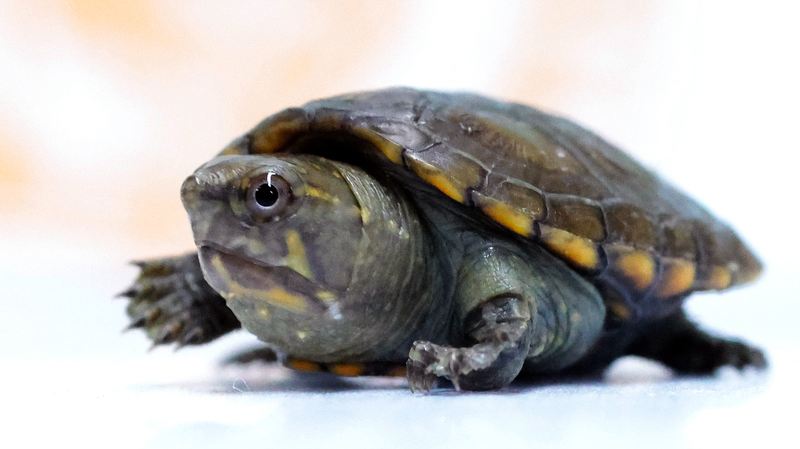Guadalajara, Mexico – Conservationists and zoo visitors got a memorable surprise this month as Guadalajara Zoo announced the hatching of a Vallarta mud turtle, recognized as the world’s smallest freshwater turtle.
Measuring just 2.8 cm in shell length and weighing 8 grams at birth, the tiny hatchling emerged after a 75-day incubation under carefully controlled conditions. Zookeepers used IoT-enabled temperature and humidity sensors to maintain a steady 30°C environment with 80% humidity, ensuring optimal development.
Native to the coastal wetlands of Jalisco, the Vallarta mud turtle faces threats from habitat loss, pollution, and climate variability. Breeding this species in captivity not only supports its survival but also fuels research into micro-species adaptation, giving scientists fresh data on reproductive biology.
Conservation in Action
The zoo’s breeding program highlights the power of technology-driven conservation. From 3D imaging to digital data platforms tracking egg health, each step demonstrates how emerging tools can scale efforts to protect vulnerable wildlife worldwide.
Why It Matters Globally
For young global citizens and digital nomads, the hatchling’s arrival is more than a cute story—it’s a reminder of our shared responsibility to safeguard biodiversity. As travelers return to destinations like Mexico’s Pacific coast, supporting conservation initiatives can turn a visit into a force for positive change.
With one tiny turtle now exploring the world, Guadalajara Zoo invites the global community to celebrate this micro-milestone and join the movement to protect Earth’s most fragile inhabitants.
Reference(s):
cgtn.com




